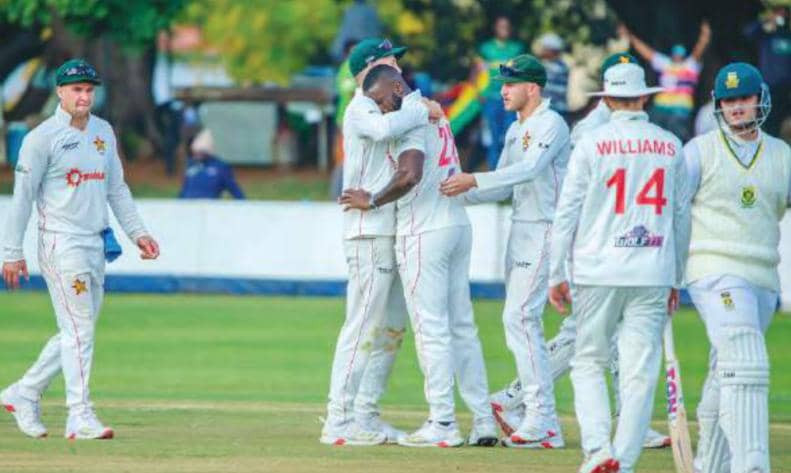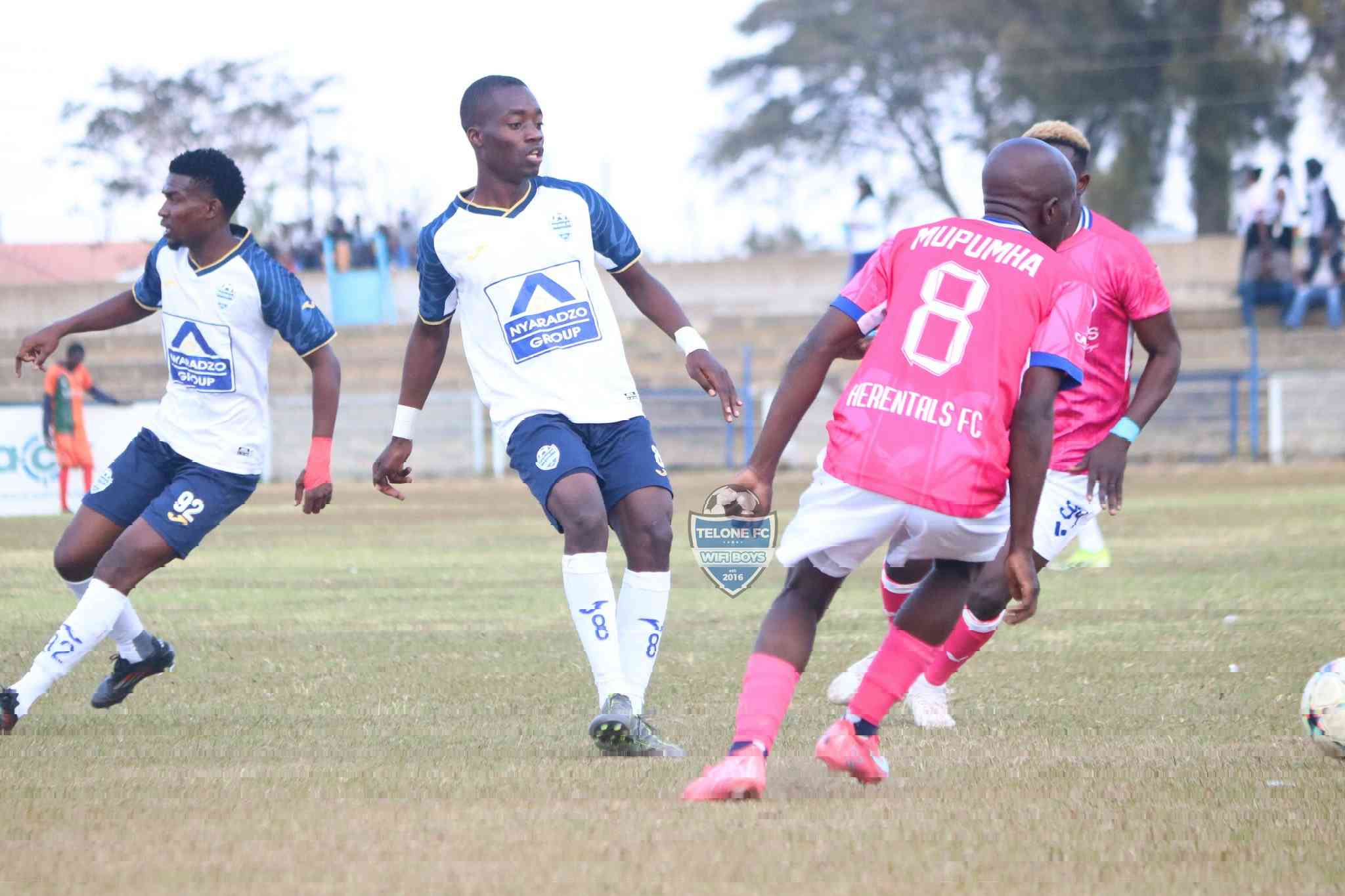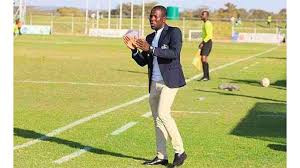
THE International Cricket Council (ICC) announced at its weekend’s board meeting in Perth, Australia, that Zimbabwe requires between six months and two years to return to the Test fold.
The resolution was made after an ICC-appointed task force headed by West Indies board president Julian Hunte presented an interim report on the state of the game in Zimbabwe.
The team visited the country in November on a fact-finding mission.
ICC chief executive Haroon Lorgat, who was part of the mission, cited substandard competition in the domestic game in Zimbabwe as the main reason for the timeframe.
“(But) I think as you go down the stream and look at the domestic set up, particularly the level of competition that prepares those players for international competition, we felt there was some way to go,” Lorgat said. “That’s the missing ingredient, the exposure to a sufficiently competitive level of cricket.”
Indeed, strengthening the feeder system in Zimbabwe has been a topical issue for some time, and it was long overdue for recognition at the ICC level. A chain is only as strong as its weakest link.
To have a decent international team, a country needs a proper pecking order such that international cricket won’t be such a huge leap for the players when they graduate into national representative teams.
The onus is on ZC to put in place measures to mend the prestige of its domestic competitions, especially at the first-class level.
- Chamisa under fire over US$120K donation
- Mavhunga puts DeMbare into Chibuku quarterfinals
- Pension funds bet on Cabora Bassa oilfields
- Councils defy govt fire tender directive
Keep Reading
There is so much work to be done here. Bridges need to be built. There is need for experienced players, retired national team players mostly, to participate in domestic cricket to impart their experience to the upcoming players.
There is hardly anyone above the age of 26 in Zimbabwe cricket both at domestic and international level – at least among serious cricketers with realistic hopes of playing for the national side in future.
The result is some kind of paralysis where players are ill-prepared for the international level because there would have been no one to prepare them from a playing experience point of view.
But that is not the duty of the board alone. In fact, the structures that will make Zimbabwe Cricket a stronger force, as in any sport, is not actually the national association, but its internal structures such as clubs and provinces.
The sad thing for Zimbabwe, which has contributed to the slide, is that these structures have been at loggerheads with each other. The time is up for the warring factions to bury the hatchet for the good of the game. The tension between these sides has not benefited anyone. They have both lost out. Outside the structures, the former administrators are not in a position to influence anything.
On their own, Zimbabwe Cricket are deprived of the crucial support and the administration skills of knowledgeable people who still have so much to contribute.
Zimbabwe cannot afford divisions. The local game is too small to survive with people pulling in difference directions, which is contrary to the very strong point of the Zimbabwe cricket team over the years – teamwork.
Take for instance Australia. With the world’s highest cricket playing population, the Aussies are currently struggling to stay at the top of the ladder because they have lost too many players in the last two years.
For years the Aussies ruled world cricket with brutal dominance, until the core of that trailblazing side began to fall away: Warne, Langer, Gilchrist, Gillespie, McGrath, Lehmann, Martyn, and lately Hayden. It’s like losing your sole. Any team that parts ways with such class will struggle, and Australia are not an exception.
Like Zimbabwe after losing a whole team in 2004, the Aussies will rebuild. But unlike Zimbabwe, their loss was unavoidable, as much as it has been detrimental. It was time up for these legends. Quite the contrary with Zimbabwe, who have far too many players outside the system who could still be useful now. In fact, these are players who can win games for them.
Not to say the current crop is not good enough in terms of ability. We have said it plenty of times that the talent is there in abundance. But they need to be pushed.
On his day, watching Hamilton Masakadza wield the willow can be a very delightful experience. But he would be so much more effective if Barney Rogers or Doug Marillier were there breathing down on him for that opening batsman slot. He will play with the consistence and greater finesse that his talents call for.
Similarly, if Tinashe Panyangara was lurking on the sidelines he would make Chris Mpofu work extra harder for his place.
I often feel that the players do not apply themselves. There is an element of negligence, especially in pressure situations, which can be stemmed by stronger competition for places.
IndependentSport View With Enock Muchinjo











